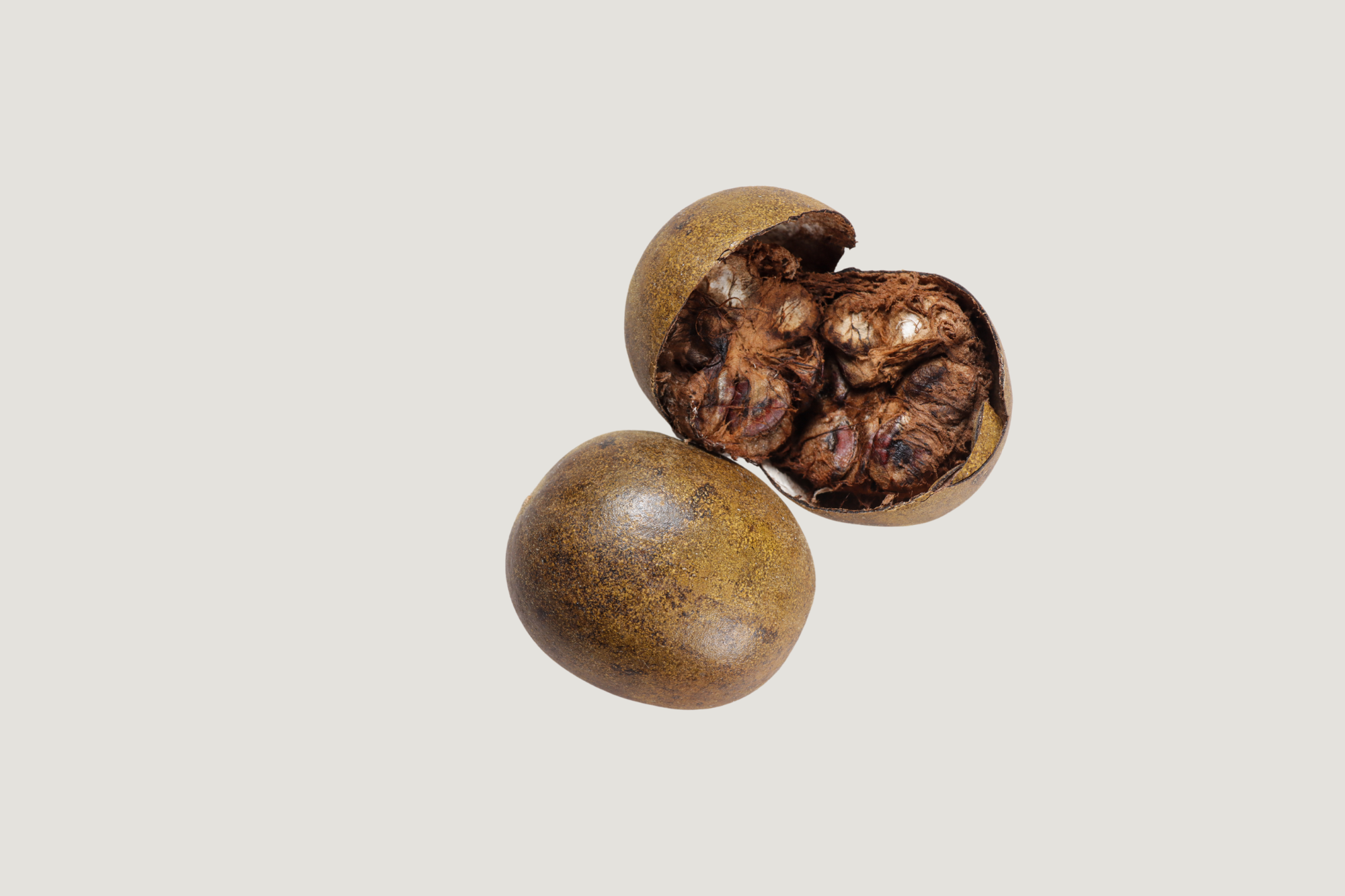The truth about Monk Fruit sweeteners: what you need to know


Have you ever seen a monk fruit? If your answer is 'No', you’re not alone!
Monk fruit has been used for centuries in traditional Chinese medicine and it has gained wild popularity in the modern food world as a zero-calorie "natural" sweetener.
But is what you see on the shelves really as pure as the labels claim?
Let’s dive into the details of monk fruit sweeteners and uncover what’s really inside.
Monk fruit, also known as Luo Han Guo, is a small green melon native to China.
Its sweetness comes from mogrosides, compounds that are 100 to 300 times sweeter than sugar.
This makes monk fruit an attractive option for those looking to reduce sugar intake without sacrificing sweetness.
Historically, the Chinese have used monk fruit to sweeten teas and tonics, making it a natural sweetener with a long-standing cultural presence .